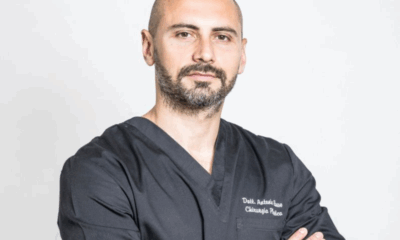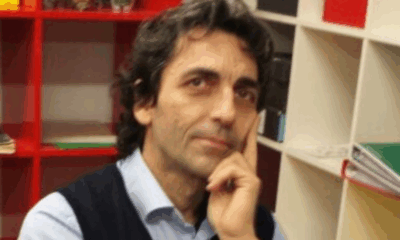Medical doctors and Surgeons
Plastic surgery answer to female genital mutilation
Female genital mutilation is an underground phenomenon. Franco Bassetto, Ordinary Plastic Surgery Professor and Plastic Surgery Complex Operating Unit Director for the University Hospital of Padova, and also Promoter together with SICPRE (Italian Reconstructive Regenerative and Esthetic Plastic Surgery) of the Female genital mutilation Summit which took place at the University, explains us that the data about this phenomenon are only estimations and how plastic surgery is contributing to rebuikd the mutilated patients’ lives.
Female genital mutilation: surgery

The format of this Summit foresaw an introduction with a very strong video, where a child is subjected to this gruesome practice while supported by her mother and grandmother, in the Horn of Africa. It is estimated that in Italy there are about 80-90 thousand of the 250 million cases around the globe. It is a little known phenomenon and all data are approximate. It is an ethnic procedure addressed to young girls before pubertal age. This is an ethnic practice, not religious, with the aim of creating a community sense of belonging. This practice involves several external female genital organs and takes place in domestic environments, creating a number of problems.
The amputation of the external sensitive part of the clitoris is done with a razor blade causing severe bleeding and unguided cicatrization. This way, the clitoris is totally covered by a scar casting that takes away sensitivity. There are different degrees of mutilation, such as the amputation of the labia minora, or the amputation and closure of the labia majora, called infibulation. Depending on the degree of deformity that the surgeon finds in the patient, there are different types of intervention: scar treatment, correction of the amputation through plasty of regenerative intervention where isinjected the adipose tissue that restores consistency with its high content of stem cells. It is possible to perform an operation of deinfibulation combined with a regenerative intervention in severe cases, although it is never a return to intergum.
Education and information as a form of prevention
The Practice of female genital mutilation also occurs in second or third generation girls who live in the Countries where their family has migrated. Fortunately the girls no longer accept this mutilation in silence, in these Countries. In fact many of them had to give up their sex life, procreation and maternity. The surgeons are working both to bring out data and to create references to solve this problem.
We need to work from the point of view of disclosure, and the ethnic confrontation isn’t always easy because you cannot impose values in a society, but you can question a practice that is against the well-being of women.
This phenomenon, born in the Horn of Africa, has then spread globally with the migration of populations. This way the practice has expanded all over the world, and mutilated women asked surgeons to correct the results. The surgery has responded and is organizing: there are centers of reference, but they must be supported from a political point of view in order to create real units, together with the National Sanitary System, composed by plastic surgeons, urologists, gynecologists, sexologists and cultural mediators, where the patient can find a competent answer.




































